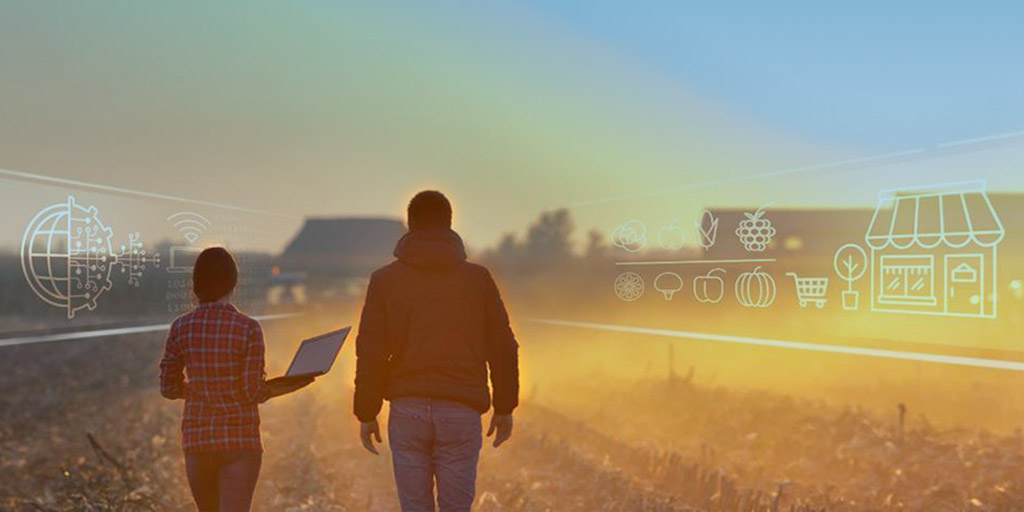
15 Apr FARMlytics Using SPLUNK
This post talks about how to figure out moisture content in the soil using IoT and Splunk thereby drought minimization or situations like plants drowning
“The earth, the land, and the water are not an inheritance from our forefathers but on loan from our children. So, we have to handover to them at least as it was handed over to us.” – Mahatma Gandhi
Water is a chief input in agriculture in every aspect of having an impact on the eventual yield. When plants are not watered optimally, fine seeds and fertilizers fail to reach their full potential. India is not a country that is rich in water and is further affected due to the negative influence of climate change; extensive wastage owing partly to inefficient management and distorted policies of water pricing. The rising needs on water resources by India’s proliferating population and declining quality of available water resources due to pollution and the additional need to provide to India’s skyrocketing industrial and agricultural development have led to a circumstance where the utilization of water is rapidly escalating while the supply of freshwater stays more or less constant. Due to inefficient water resource management systems and the constant change of climate, India encounters a persistent water shortage.
Indian agriculture deems for 90% water utilization due to fast track depletion of groundwater and improper irrigation systems.
India holds rank 2 worldwide in farm output.
FARMlytics is the conventional farming upgraded with new methodologies using IoT and SPLUNK.
Smart farming is the topic in the spotlight currently by researchers and government but only a little literature is there in this field. This post establishes the application of big data analytics techniques to farming.
Gathering DATA B.S (Before Splunk):
Previously we used to collect the readings of soil moisture and humidity manually with the help of thermometer, barometer, and hygrographs.
It has to be frequently checked every day in all places around the farm.
Most importantly very good experience is required to interpret the data accurately.
And yes without Splunk, it’s hard to create an alert.
Gathering DATA A.S (After Splunk):
The entire task is split into 2 parts:
1. IoT devices – To create data like air temperature and soil humidity using sensors.
2. Splunk and MLTK - To ingest those data into Splunk and for prediction of future events using MLTK.
Data Creation
“IoT is transforming the everyday physical objects that surround us into an ecosystem of information that will enrich our lives. From refrigerators to parking spaces to houses, the IoT is bringing more and more things into the digital fold every day, which will likely make the IoT a multi-trillion-dollar industry in the near future.” – PricewaterhouseCoopers reports
- We have used:
– Node-MCU
– Soil Moisture Sensor
– OLED
Why we need MLTK?
Since we have the historic data for a minimum of 15 days at least, we utilize that logs to forecast the near future events such as the soil moisture level going below 40%. We use MLTK for this prediction.
Using this prediction we can know when to start watering the plants.
Splunk Dashboard
The logs generated by those sensors are fed into Splunk and when everything is put together,
we get

We can proceed further and control Splunk to get alerts when the water level reaches below a set limit.
The overall flow of data can be summed up as follows.

Splunk Augmented Reality
Let’s go a little bit deeper and make use of the features the Splunk application provides to make life easy and convenient.
Just by simply scanning a QR code or NFC tag, Splunk AR gives quick access to the Splunk dashboard and improves the user experience by carpeting live Augmented Reality Splunk powered gauges over the real-world objects.
We have successfully implemented this in our in-house plant.
The below picture depicts the setup of everything that we discussed.


Result
• It saves time
• It saves money
• It provides faster response compared to manually gathering readings and interpreting it.
• Most importantly it SAVES PLANET to a greater extent.
If you still have any questions related to this topic do not hesitate to mention your queries in the Comment Box below and for more information Follow us on 👍 Social Networks, Happy Splunking




